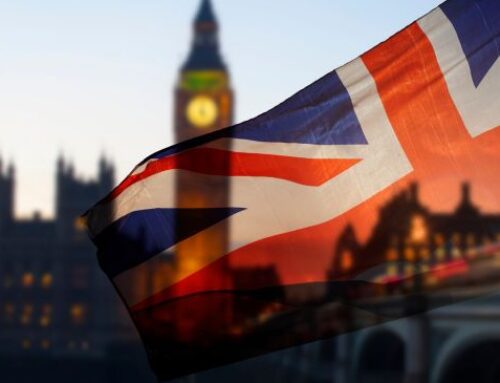In recent years, so-called safe spaces have popped up on university campuses in both the United States and Canada. From designated rooms with puppies and pillows for people who need a retreat from the pressures of the real world of cloistered academia to bans on certain points of view in student common areas and even classrooms, the idea that young people should be sheltered from ideas that offend them has begun to go mainstream. Following the U.S. election in November, many American universities set up rooms where students upset with the results could congregate while others cancelled midterms and even classes.
It is easy to mock the ultra sensitivity involved – students incapable of dealing with an opposing point of view are dismissed as “snowflakes” on social media – and perhaps it should be. The university is where people are exposed to new ideas – that is how we learn – and labeling some ideas as too dangerous to be seen or heard should be anathema to the very idea of the academy.
We cannot help notice that those who defend safe spaces and those who mock them line up fairly neatly on the ideological spectrum, with the former mostly on the Left and the latter mostly on the Right. It is no coincidence that right-wing views are the ones typically banned from being presented by guest speakers and demonstrations on campus. Of course, it is nothing new that pro-life views (speakers, pickets, posters) are banned from post-secondary campuses; for years, pro-life clubs have fought for their right to operate at colleges and universities or deal with special rules that limit their freedom of speech. University student unions and administrations claim that presenting pro-life views violate the rights of women and that presentations about the child in the womb could “trigger” women affected by abortion. So much for dialogue that both the educator and liberal have celebrated for decades; only monologues (by one side) are permitted now.
Radical feminist and so-called “civil rights” groups (like Black Lives Matter) are the leading advocates of safe spaces. It has not escaped our notice, either, that these people support abortion-on-demand. Now they demand that abortion never be questioned within eyesight or earshot of those who think abortion is the most important right in the world.
It is ironic that advocates of safe spaces to protect precious opinions are often those leading the fight for the right to kill the preborn. A long time ago there was a saying: “as safe as in a mother’s womb.” That saying no longer makes sense. The womb is now the most dangerous place on earth. As we report in these pages, a new report finds that there have been a billion abortions globally over the past century. Rather than being a haven for the development of a tiny life, the womb is a danger zone in which the preborn are targeted for eradication.
It is time for the womb to become a safe sanctuary for the preborn. Our modern culture’s preoccupations are upside-down. We elevate some people’s privileged opinions to the point that they cannot be challenged while permitting the actual lives of the most vulnerable to be snuffed out without a hint that anything is amiss. This certainly spells doom for our civilization unless we change our ways, and quickly. The preborn need the womb to be a safe space again.




